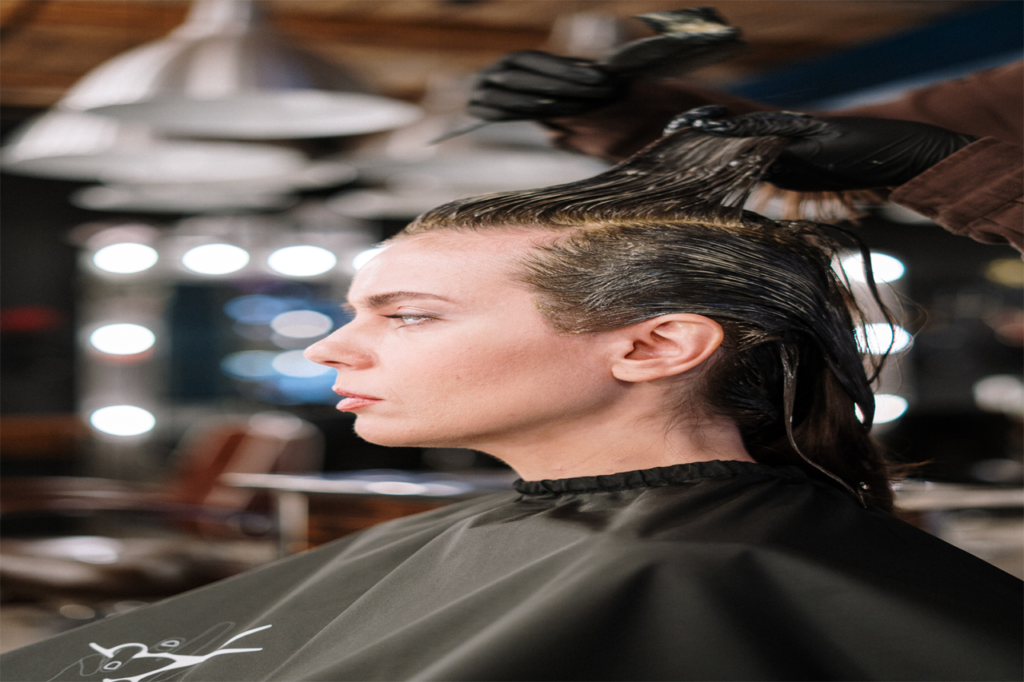There’s no point in trying to look good if you’re stuck with a bowl GAME. If you have straight, white hair, then you might as well pick a color that will make you stand out from the crowd. However, if you have thick, unmanageable hair that takes up a lot of space, it’s time to learn the meaning of the phrase “a block color for hair is one that flatters your face, not your hair.”
That’s right, you heard it from us, block colors can look nice on anyone. But, you might not know that there are actually a number of different terms for the color that your hair turns when it’s exposed to sunlight.
If you’ve contemplated changing your hair color recently but aren’t sure where to begin, this article is for you. We’ll discuss the differences between a block color, a halo, and a hue, as well as the pros and cons of each. With so many options, it can be difficult to know where to start. But, fear not! We’ve got you covered.
What is a Block Color?
A block color for hair is one that flatters your face, not your hair. If you have thick, unmanageable hair that takes up a lot of space, it’s time to learn the meaning of the phrase “a block color for hair is one that flatters your face, not your hair.
” Symptoms of over coloring your hair can range from clogging up your nose to making your hair look all sorts of unruly, unkempt, and out of control. Not only does it make your hair look dull and old, but it can also make you look unattractive. Depending on how much color is used and how much you treated your scalp, this can also result in scalp Inflammation, Redness, and eventually,oylein (a.k.a. dandruff).
A Hair Color is a Coded Message About You

For example, if you have dark hair, then a dark color for your hair would be a great option. However, if you have light-colored hair, then a light color would work better. Depending on how you want to style your hair, a color can also change the feel of your do.
For example, if you have very thick hair, then maybe you shouldn’t wear your hair down. On the other hand, if you have fine, straight hair, then a loose hair style that reveals a little of your scalp might work better.
A Halo is a Faded-Out Version of a Block Color
Let’s say you have a bowl cut. If you have dark hair, then a dark color for your hair would make your cut stand out from the rest. However, if you have light-colored hair, then a light color would better suit your look. You’ll want to put the emphasis on what color works best for your hair type.
Depending on how you want to style your hair, a color that matches your hair type can also change the feel of your scalp. If you have coarse, kinky hair, for example, then a medium to light brown might feel nice on your head. On the other hand, if you have fine, silky hair, then a darker color would feel more luxurious.
The pros of each hair color
As you can see, there are a lot of pros to each hair color. While some are specific to a certain hair type, most apply to all hair types. So, without further ado, here are a few of the most notable benefits of each hair color: Blonde – Blonde is the most popular hair color. It’s naturally beautiful and not too shabby for anyone.
Brown – Brown hair looks rich, full, and definitely not over processed. It’s also the easiest hair color to manage. Brunette – A rich, dark brown often times is referred to as “bronze.” It’s the perfect color if you have fine, straight hair.
Color Treated Scalp – If you have a history of Oily scalp, then a color treated scalp is one that has been specifically formulated to treat and prevent greasy scalp. Color Treated Shampoo – If your hair is quite oily, then a shampoo that is specifically formulated to treat your scalp is a must.
Hair Color: 5 Things to Know Basically, there are a number of different terms that are used to describe the color of your hair when it’s exposed to light. We’ll cover the main ones below: Hair Color: A Hair Color Is More Than a Color – You’re Not Just a Color, You’re a Statement About You

